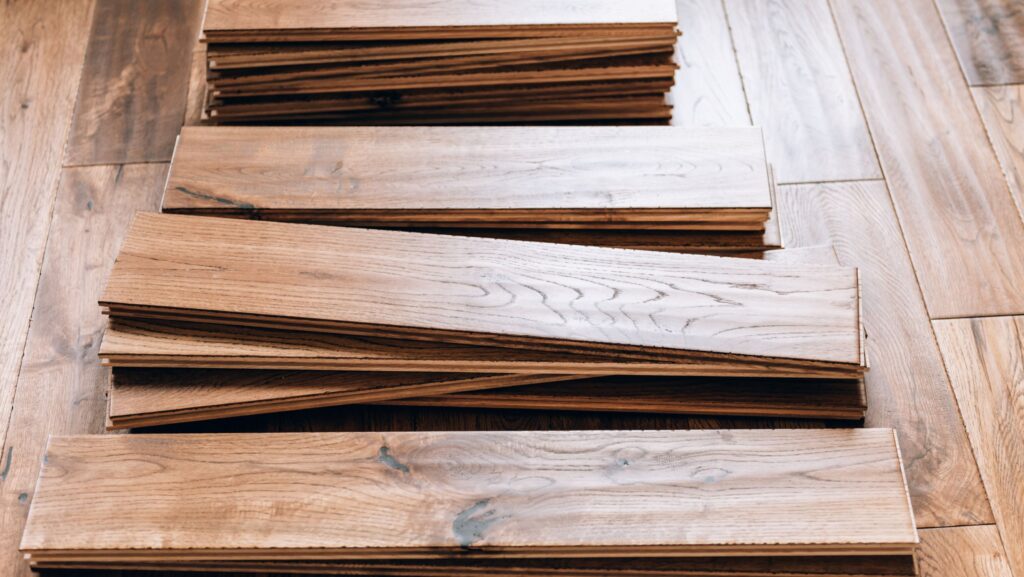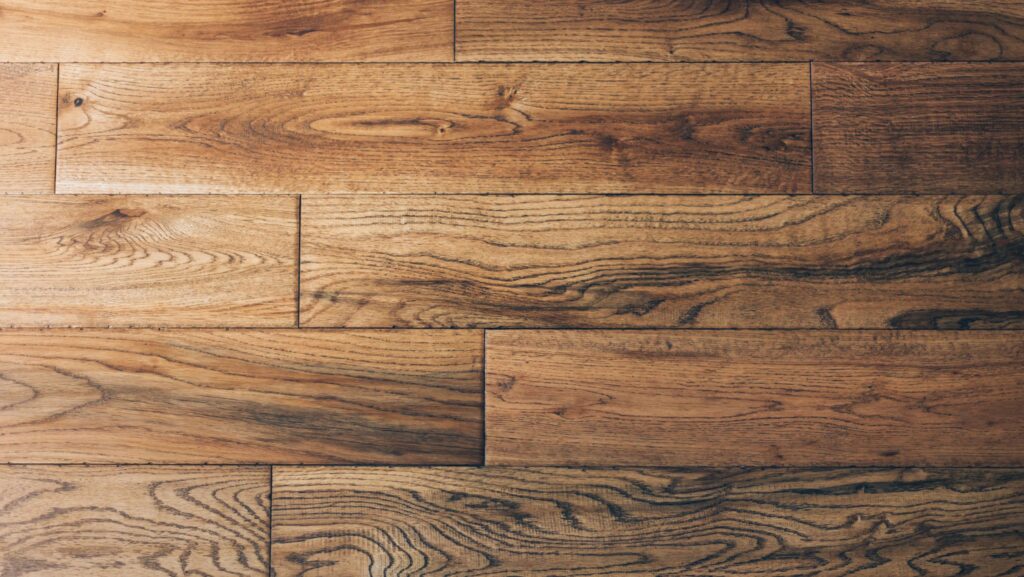
Walk into any well-crafted home, and you can often feel the difference before you even see it. The warmth underfoot, the soft glow of the grain, the sense that the material has a story to tell — these are hallmarks of timber with real history. Among the most admired are European heritage timbers, valued for their beauty, durability, and centuries-old traditions of craftsmanship. From reclaimed beams in centuries-old barns to the carefully milled planks of french oak floors, these woods carry the legacy of time and place into modern spaces.
The fascination with European timber isn’t just about looks. These woods often have a density and stability that come from slower growth rates in cooler climates, producing tight grain patterns that resist warping and wear. Combine that with traditional milling and finishing methods, and you get flooring and furniture that can last for generations while developing a patina that only grows richer over time.
For homeowners, designers, and builders, choosing heritage timber is about more than picking a pretty surface. It’s about investing in a material that brings authenticity, performance, and a sense of connection to centuries of European building tradition.
What Makes Heritage Timber Different
European heritage timbers are often sourced from structures that have already stood the test of time — barns, mills, homes, and even wine casks. This reclaimed wood is not only seasoned and stable but also environmentally responsible, reducing demand for newly harvested lumber.
The species themselves are part of the appeal. Oak, ash, chestnut, and elm are among the most common, each offering distinct grain patterns and tones. Heritage oak, in particular, is prized for its strength and the depth of colour it develops with age.
Craftsmanship Passed Down Through Generations
Much of the allure of heritage timber lies in the way it’s worked. In Europe, woodworking traditions have been refined over hundreds of years, and many of the same techniques are still used today. Sawing methods, drying processes, and hand-finishing techniques all contribute to the character of the final product.
While modern technology can speed up production, many heritage timber suppliers still rely on slower, more meticulous methods to preserve the integrity of the wood. This care ensures that each board or beam retains its natural qualities while being perfectly prepared for use in a modern home.
Design Versatility
Heritage timber works beautifully in both traditional and contemporary spaces. Its natural imperfections — knots, grain variations, and subtle colour shifts — add depth and authenticity to sleek, modern interiors, while in more rustic designs, it blends seamlessly with stone, brick, and other organic materials.
In flooring, the variety of plank widths, finishes, and stains means heritage timber can be tailored to suit almost any aesthetic, from pale, airy Scandinavian-inspired rooms to rich, moody heritage-style homes.

Sustainability and Storytelling
One of the biggest draws of reclaimed European timber is its sustainability. By reusing existing wood, you’re preserving forests, reducing carbon emissions from milling and transport, and preventing historical materials from ending up in landfills.
There’s also an emotional value in knowing that your floorboards once lined the halls of a centuries-old farmhouse or supported the roof of a bustling market. These stories become part of your home’s story, sparking conversation and adding meaning to the materials you live with every day.
Caring for Heritage Timber
While heritage timber is durable, it still needs thoughtful care. Regular sweeping or vacuuming, prompt cleanup of spills, and occasional refinishing will keep it looking its best. Using mats at entrances and protective pads under furniture can prevent scratches, and controlling indoor humidity helps preserve the wood’s stability.
Because these timbers have already endured decades — or even centuries — they often handle wear better than new wood, developing a surface character rather than showing damage. This lived-in look is part of their charm.
Investing in Timeless Quality
Choosing heritage timber is a decision that pays dividends in both aesthetics and longevity. While it may cost more upfront than standard materials, its durability and timeless style mean you won’t need to replace it for decades — if ever.
For those who value craftsmanship, authenticity, and a tangible connection to history, European heritage timbers offer something that mass-produced materials simply can’t match: a sense of permanence and a beauty that deepens with time.
